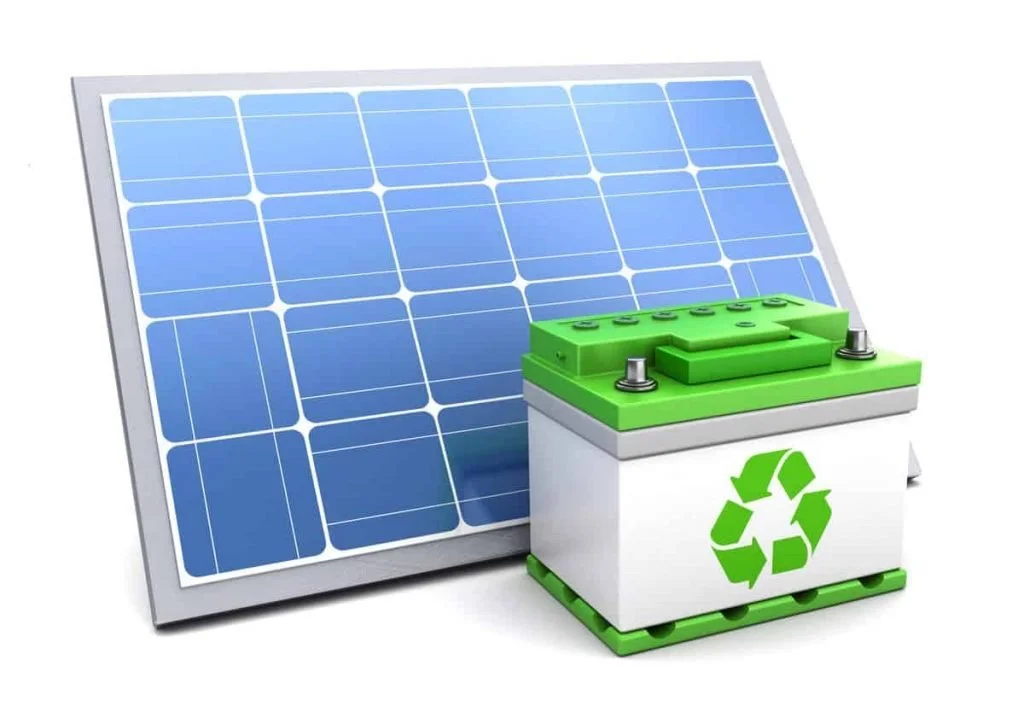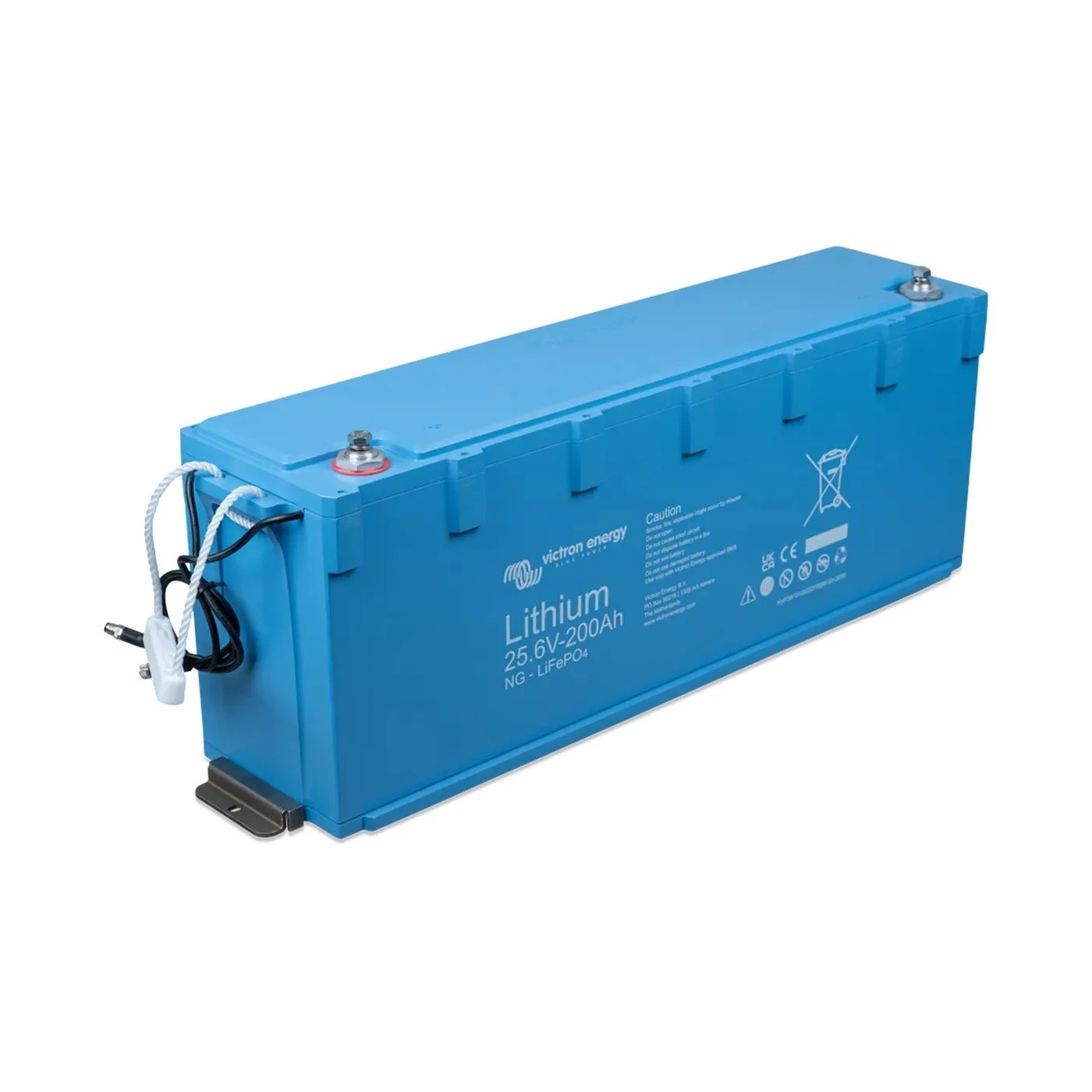OFF-GRID SOLAR AND BATTERY STORAGE
Photo courtesy of iStock
Direct current (DC) electricity generated by the solar photovoltaic (PV) array can be stored electrochemical (battery), including but not limited to various forms of kinetic energy: thermal, mechanical (Flywheel) pumped storage hydropower . . . Energy “storage allows for the flexible use of energy at different times from when it was generated.” It is essential that a means to provide energy storage for the Tiny Off-Grid House is provided when there is insufficient to no sunlight available to energize the PV array.
NOTE: FOR GRID-TIED SOLAR USERS
Grid-tied solar, without battery backup, does not allow the direct use of solar PV electricity during cases of a utility grid blackout or an extreme weather event. Although in theory the solar array is still capable of generating energy from accessible sunlight during a utility blackout in order to protect utility electrical workers the grid-tied PV microinverters / optimizers automaticly disable the flow of energy from leaving the solar array to the utility or for residential use if no energy is detected on the grid side—in the form of a blackout. However, a battery backup—with the use of a main panel lockout or diverter—can enable the safe use of stored PV energy from the battery bank to be used to power the essential electrical loads
ELCTROCHEMICAL
DC electrical energy generated from the PV array will be stored in a Victron Energy 48 Kwh lithium iron phosphate (LiFePO4 or LFP) battery bank. The electricity generated by the solar array is stored in the battery bank with the aid of a SmartSolar MPPT Tr VE.Can Solar Charge Controller (SCC11510411) which controls the rate of charge going in to the battery bank. The DC electricity will subsequently be pulled from the battery bank in to two stacked 48 Volt Victron Quattro Pure Sine Wave Inverter / Chargers 48V/5000W/70-100/100 (SKU: QUA4850-21010) wired for 120 / 240 Volt AC split phase providing AC electricity for use by the household appliances; or in a few exceptions, directly without conversion for DC electrical loads.
Photo courtesy of Victron Energy
The battery bank consists of ten Victron Energy Lithium NG 48 Volt (51,2 V Nominal rating), 100Ah batteries, wired in parallel, providing 48 Kwh of stored energy. The energy density of the lithium iron phosphate (LiFePO4) battery bank is robust enough to provide the projected daily energy needs of the Tiny Off-Grid House along with an extra day of autonomy. At 80% depth-of-discharge (DoD) the battery is capable of atleast 2,500 lifetime charge cycles. The lithium iron phosphate (LiFePO4) chemistry has better stability and is less prone to thermal runway. LiFePO4 batteries are basically maintenance free; with no need for water level checks like lead acid batteries and can also be installed in any orientation; if necessary, on their side or vertically.
The storage capacity of the battery bank can be extended by energy efficient practices like using high energy appliances during the day to take advantage of the abundance of natural sunlight. Also, it would be better to perform laundry and cooking during the day. The Tiny House temperature can be conditioned hot or cold during the day and maintained during the night with the aid of the high R rated insulation envelope of the structure.
INSULATION ENERGY STORAGE
The synergy of solar power and battery storage would be incomplete without a discussion of closed cell foam insulation of the Tiny Off-Grid House; which is designed to trap the cooling / heating provided by the mini-split inside the living space for extended periods of time. This insulated envelope prevents over usage of the stored energy to maintain environmental comfort.
For more information on the benefits of house insulation please read: “Tiny Off-Grid House Insulation & Vapor Barrier”
Please share your thoughts or experiences in the Comments section below.

